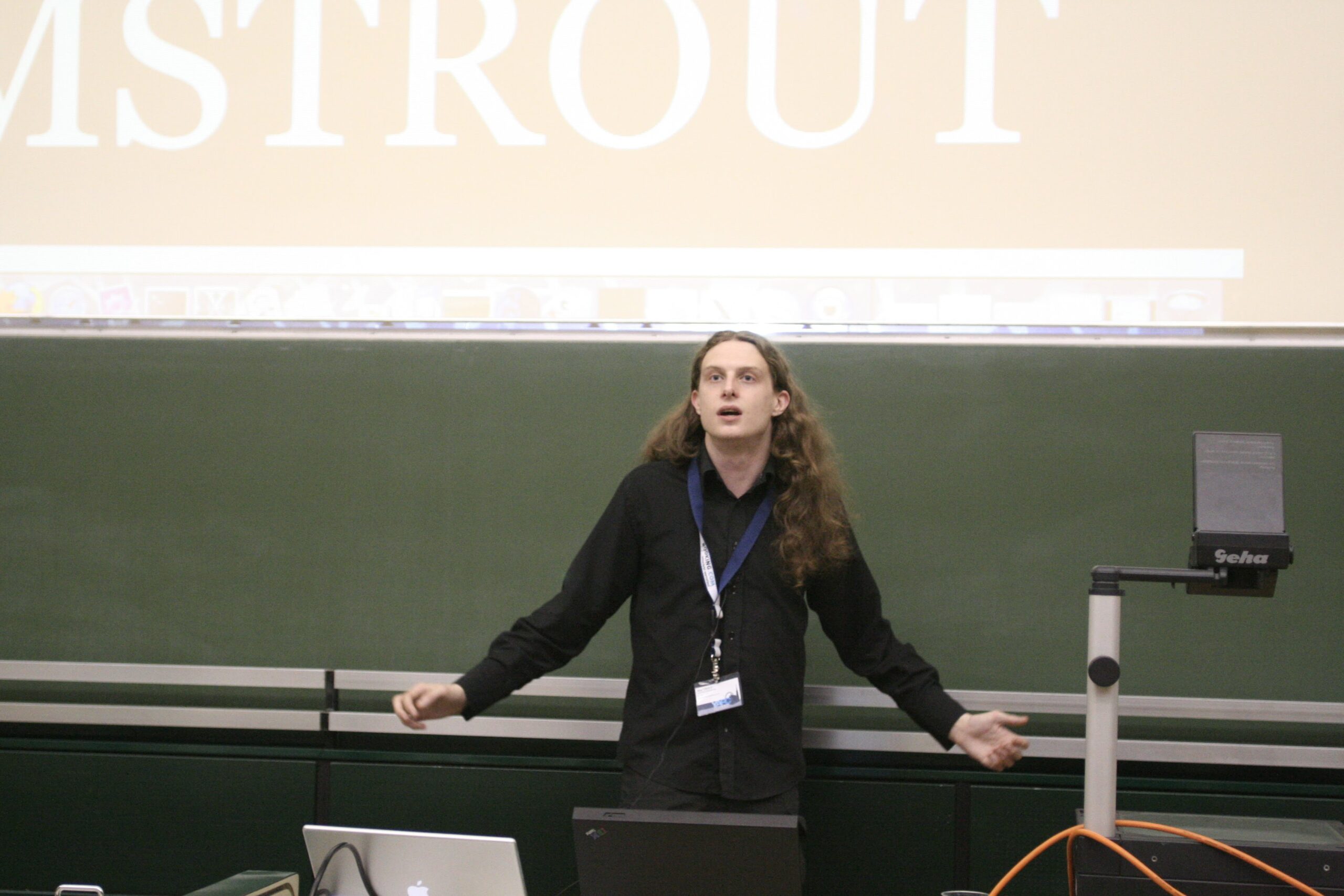Get the latest tech news
World’s most porous sponges: intricate carbon-trapping powders hit the market
Metal-organic frameworks were the next big thing in chemistry when they were invented more than three decades ago. Now, these intriguing materials are becoming commercial tools for capturing carbon dioxide and harvesting water from the air.
Over the past three decades, research chemists have created more than 100,000 MOF varieties in the laboratory, and have tested the powders’ capacity to store gases, act as catalysts, trap toxic chemicals from water and deliver drugs, among many other potential uses. The MOF story starts in 1989, when chemist Richard Robson at the University of Melbourne, Australia, and his colleague Bernard Hoskins announced that they’d invented “a new and potentially extensive class of solid polymeric materials with unprecedented and possibly useful properties” 1. The start-up firm AirJoule in Ronan, Montana, is also targeting direct-water capture; in June this year, it signed a deal with an unnamed developer of data centres to incorporate its proprietary MOF water harvester into those facilities.
Or read this on r/technology


